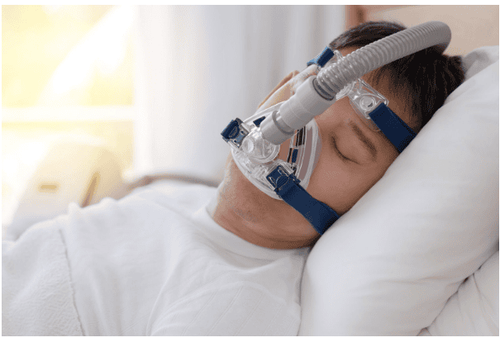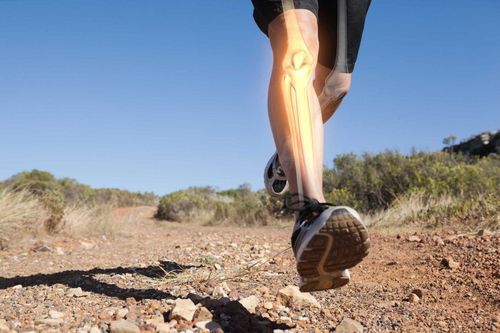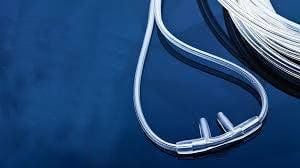This is an automatically translated article.
O2 and CO2 play an important role in maintaining life. Excess - hypoxia and carbon dioxide occurs when there is respiratory arrest, in cases of chronic respiratory failure O2 deficiency is less evident, CO2 retention is typical with acidosis.
1. Lack of oxygen (O2)
1.1 What is hypoxia? Hypoxia is the result of a halt or suspension of the flow of O2 into the atmosphere and mitochondria. Cellular oxidation ceases and migratory metabolism ceases. The phenomenon of hypoxia in patients due to many causes such as incorrect gas supply in anesthesia machines, ventilators,...
Hypoxia occurs in 4 stages including:
Stage 1:
Breathing tachycardia, tachycardia, mild elevation of blood pressure, subtle cyanosis Sensory disturbances, impaired judgment, slow thinking and speech, insecurity Patient is unable to save himself but still understands get simple instructions and answer them. Because hearing and movements are kept intact
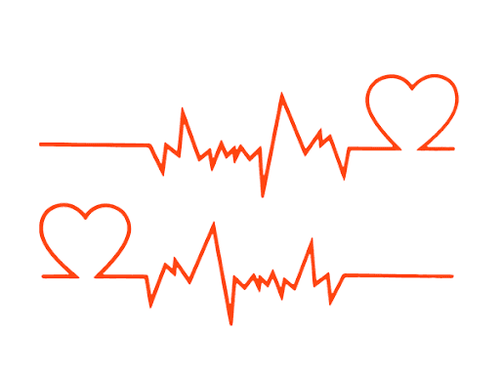
Tình trang nhịp tim nhanh có thể do thiếu oxy ở giai đoạn 1
Stage 2
Strong, sudden but reflexive loss of consciousness Fast, irregular breathing, tachycardia, cyanosis Resuscitation in this stage is still successful Stage 3
Coma , loss of reflexes radiation, severe cyanosis, collapse, shock Resuscitation can be successful, but patients may forget events or develop neurological sequelae if hypoxia persists Stage 4
Cardiac arrest, dyspnea, shortness of breath, which then stops breathing. Finally, pupil dilation. It is still possible to save the patient's life when resuscitated by CPR. But the patient can go into a coma due to brain loss, die for a certain period, the rest of the time live in a vegetative state. 1.2 Symptoms The symptom of hypoxia is cyanosis that occurs late. However, cyanosis may disappear when the patient is anemic, CO poisoning. In contrast, cyanosis occurs more clearly when the patient has polycythemia vera, venous stasis, and slow circulation. During surgery or anesthesia, if the blood turns dark black, it is a sign of O2 deficiency.
When the body lacks oxygen, cardiac output will increase. In mild and moderate hypoxia, sinus tachycardia appears very early. However, if hypoxia worsens, the patient has rapid breathing, on the electrocardiogram, signs of myocardial ischemia appear: ST depression, T wave inversion. Eventually the heart rate slows down, signaling cardiac arrest
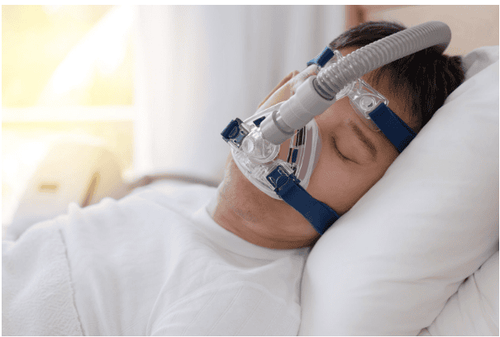
Điều trị thiếu oxy bằng phương pháp oxy liệu pháp
1.3 Treatment The method of treating hypoxia is oxygen therapy:
Treatment of hypoxia due to alveolar hypoventilation, limiting O2 diffusion across alveolar-capillary membranes: Oxygen therapy increases O2 pressure in the alveoli. Reduced respiratory function: Lack of blood O2 has a central stimulant effect: Oxygen therapy helps to improve PaO2, thereby reducing respiratory function. Decreased cardiac work: Lack of O2 in the blood causes cardiac output to increase to compensate for the supply of O2 to tissues and cells. Oxygen therapy improves PaO2, thereby reducing cardiac function.
2. Excess carbon dioxide (CO2)
2.1 What is excess carbon dioxide? Excess carbon dioxide, also known as hypertonicity, CO2 diffuses through the cell membrane easily and is passive. CO2 is transported in 3 forms: Soluble, Bicarbonate state and bound to Protein. About 90% of CO2 is transported as Bicarbonate, 5% as dissolved and 5% as Carbomino-Hemoglobin. 60% CO2 is eliminated from Bicarbonate and 30% from Carbomino-Hemoglobin. Bicarbonate forms in the blood by the following reaction:
CO + H2O ⇄ H2CO3 ⇄ H+ + HCO3 ̄
The first reaction is slow in plasma, activated in HC by carbonic anhydrase. CO3H2 dissociates into H+ ions and Bicarbonate occurs rapidly. CO3H– returns to plasma.
CO2 transport has a major effect on the acid-alkaline balance of the body. The rate of CO2 diffusion from capillaries through alveoli is 20 times faster than O2, because CO2 dissolves very quickly in water. In arterial blood, PaCO2 ranges from 38-45 mmHg. Excess CO2 when PaCO2> 45 mmHg, especially after there are obstacles to the elimination of excess CO2 molecules.
The cause of excess carbon dioxide is
Exotic: When the inhaled air has a higher CO2 concentration than the atmospheric CO2 concentration (normally < 2 mmHg). For example: when breathing returns to exhaled air, closed loop anesthesia, due to system failure of the anesthetic machine,... Organs: Due to respiratory failure, due to poor alveolar ventilation.

Thừa cacbonic (CO2) thường xuất hiện triệu chứng huyết áp tăng
2.2 Symptoms Stage 1:
Shortness of breath (varies by cause), sweating, increased bronchial secretions. Less urination, increased blood pressure, the higher the faster the progress. Attitude disturbance: Aggression or apathy, more pronounced with slower progression, possibly irritability or drowsiness. Symptoms in this stage can be quickly regressed by simple measures, unless the cause of the disease progresses rapidly. Stage 2:
Rapid breathing, with or without dyspnea, sweating and increased bronchial secretions, little urination. Cyanosis: O2 treatment does not reduce. High blood pressure or right ventricular failure: The patient is anxious, struggling, gradually becoming delirious and then comatose. Intellectual disturbance occurs when PaCO2 ≥ 90mmHg. Stage 3:
Coma, loss of reflexes. Breathing very quickly, cyanosis. At this point, excess CO2 is no longer alone, often associated with O2 and respiratory acidosis. As in stage 3 of hypoxia, the disease progresses rapidly to cardiovascular collapse and shock, because the myocardium is poorly tolerated by O2 deficiency + CO2 excess. Stage 4: If the treatment does not work, it will move to stage 4: Cardiac arrest – Hiccups → apnea – Maximum pupil dilation. 2.3 Diagnosis and treatment The most accurate measure is arterial blood PaCO2. It can be divided into 3 biological types:
Acute uncompensated hypertonicity: Bicarbonate does not increase in time, pH decreases respiratory acidosis. Compensated chronic anthrax: During this stage, with the intervention of the kidneys, Bicarbonate increases to cope with increased PaCO2, pH is maintained normally. Acute anthrax in a patient with chronic respiratory failure: Bicarbonate rate is elevated. Cardiovascular and neurological symptoms in the acute type are many, but in the chronic form, the clinical signs are poor, making it difficult to diagnose. In some unusual pathological situations, the clinical signs are very variable or absent. For example: cervical spine fracture, cervical spinal cord and sympathetic chain fracture, there will be no sweating, blood pressure will increase when anthrax occurs. Cardiovascular response to hypercapnia may be reduced by bleeding, heart failure, or by the use of sympathomimetic agents.
Treatment of excess CO2 only ensures airway circulation, ensuring effective ventilation is the main measure to prevent and combat CO2 excess.
3. Lack of carbon dioxide (CO2)
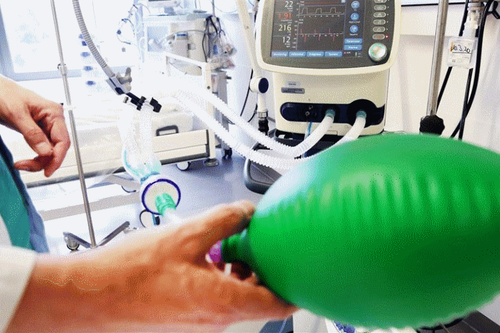
Thở máy có thể xuất hiện tình trạng thiếu cacbonic
Carbon dioxide deficiency is also known as anthrax. The cause of carbon dioxide deficiency is increased respiratory ventilation. The occurrence of carbon dioxide deficiency under the following circumstances:
Brainstem damage Irritated, irritable state Hysteria disease Metabolic alkalosis Mechanical ventilation or manual ventilation: Adjust respiratory parameters inappropriately. Reduced CO2 production under anesthetic conditions, decreased metabolism. Consequences of carbon dioxide deficiency:
Decreased cardiac circulation due to decreased sympathetic activity. The HbO2 dissociation curve shifts to the left, interfering with oxygen delivery to tissues. Decreased cardiac output and decreased O2 delivery reduce tissue oxygenation → cellular acidosis. Ionized Ca2+ decreases, blood K+ decreases (a decrease in PaCO2 = 10mmHg reduces about 1.5 mmol of K+ blood due to redistribution between intracellular and extracellular compartments). Lack of carbon dioxide reduces hypoxia-induced vasoconstriction in the lungs, increasing airway resistance, even in people with healthy lungs and people with chronic respiratory failure. In short, cells and organizations constantly consume oxygen and excrete carbon dioxide. O2 and CO2 play an important role in sustaining life. There are many causes of these conditions. Excess-lack of oxygen and carbon dioxide both cause serious problems, appearing when there is respiratory arrest. Therefore, effective treatment requires timely, urgent and appropriate diagnosis and treatment.
Vinmec International General Hospital with a system of modern facilities, medical equipment and a team of experts and doctors with many years of experience in medical examination and treatment, patients can rest assured to visit. examination and treatment at the Hospital.
Please dial HOTLINE for more information or register for an appointment HERE. Download MyVinmec app to make appointments faster and to manage your bookings easily.
MORE
How does the body react when there is a lack of oxygen to the brain? Signs the body is lacking oxygen Causes of the body lack of oxygen




